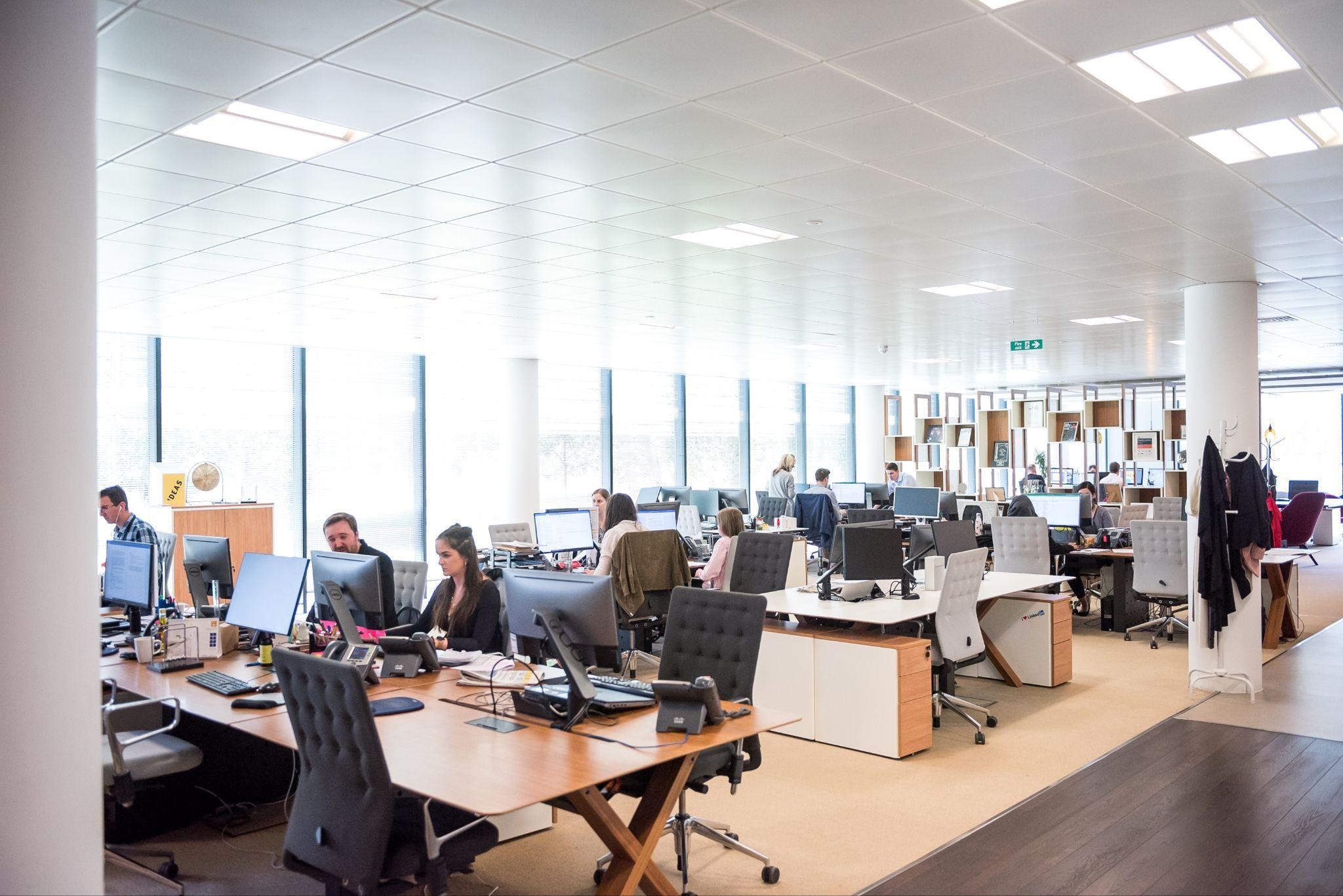Business
Sound Masking Speakers: A Guide

No matter the location – whether plenum space or exposed ceiling – sound masking speakers are engineered to deliver uniform coverage with ambient noise reduction capabilities. They’re designed to eliminate disruptive conversations or pager alerts by emitting soft, ambient tones that provide effective covertness.
For optimal performance in different spaces, each system must be tuned specifically. To facilitate this adjustment process, speakers are zoned according to room function.
Placement
Sound masking speakers should ideally be concealed within the ceiling to provide optimal coverage and effectiveness. Conceived as upward-firing devices, they are suitable for open ceiling designs as well as conventional drop and drywall ceilings – boasting superior spatial uniformity and electrical safety over other methods that involve cutting holes into tiles or drywall ceilings.
An effective sound masking system should be carefully reviewed and tuned before installation to ensure optimal noise levels for your environment, helping reduce distractions, protect speech privacy, and increase productivity.
A typical system typically comprises a sound masking generator (producing random electrical signals), an equalizer (adjusting frequencies according to human voice frequencies), and one or more band or power amplifiers that control amplitude levels.
Sound masking systems differ from traditional music reinforcement speakers in that they use white or pink noise that resembles human speech, designed to be comfortable and even pleasant for humans’ ears. You can click here to learn more about pink noise. The purpose of these systems is to blend in seamlessly with background noise, so as not to interfere with communication processes.
These devices may seem like an expensive initial investment, but their potential return in terms of increased productivity and enhanced privacy can make this project worth your while. Therefore, it would be prudent to conduct a cost-benefit analysis in order to assess if these devices are right for your organization.
Adjusting the Sound Levels
Sound masking speakers differ from conventional ceiling speakers in that they emit low levels of diffuse noise that fill the space, providing a quiet backdrop that reduces distracting background noise while improving speech intelligibility.
These systems are created to mimic the natural acoustics of human ears and should be natural and unobtrusive to people working in the room. To do this, various frequencies must match up with human hearing response while providing a constant level throughout.
There are various options on the market, yet it remains difficult to decide which will work best in a particular environment. To fully comprehend how sound masking works and its distinction from music, one must first understand how these devices functions.
Masking sounds should be random and indistinct from particular sources, such as birds chirping or the buzz of a machine. This prevents any information that would reveal someone’s location or reveal conversational details from being transmitted via soundwaves.
Additionally, sound should not be loud or harsh to avoid being distracting to occupants. Repetitive or looping noise could draw unnecessary attention to themselves and cause people to focus more intently on the system than necessary. All these factors should be taken into account when selecting sound masking speakers for privacy for any given space. Then an acoustical engineer must determine which system will deliver optimal results given both budget and location considerations.
No matter the system chosen, proper layout design, commissioning and verification of performance are crucial steps towards realizing improved privacy and productivity. Failure to properly execute any one of these steps could result in a system that does not fulfill an acoustician’s expectations.
Proper design and installation of in-plenum sound masking require careful consideration to achieve optimal results. For instance, an open ceiling with mineral plasterboard needs different considerations than one featuring perforated metal surfaces on its ceiling panels.
Power
Organizations often struggle to create an ideal working environment, particularly those in open plan offices where employees are easily distracted by nearby conversations and noises that make focusing on tasks more challenging and lead to decreased productivity. You can visit this site: https://www.psychreg.org/how-noise-affect-workplace-productivity/ for more information. Luckily, this problem can be alleviated with sound masking speakers.
Speakers of adequate sizes should be placed strategically throughout the workspace so as to evenly distribute background noise throughout it. Finally, such a system should also be scalable and flexible enough to adapt with changes to acoustics, layout, or occupants as they occur.
Control
Antiquated white or pink noise systems that require frequent trips to the electrical room and calls to IT for minor adjustments, can now be easily managed from anywhere within your facility using modern sound masking solutions.
Built specifically to maximize productivity in large workspaces like call centers, offices, retail locations and customer service departments by eliminating distracting noise, this flexible sound masking solution enables employees to communicate freely and safely without fear of being overheard.
Some advanced designs provide multiple output channels that can be configured as masking or paging zones, with independent power and control of up to 96 individual speakers. Furthermore, the equalizer offers fine-tuning of each masking zone’s acoustic performance and noise transmission – perfect for personalizing each masking zone’s performance within any given space.
This sound masking solution creates a wide, evenly distributed coverage pattern that is ideal for high drywall or gypsum ceilings. Installation options include up-firing or down-firing position; mounting in a recessed plenum space or drop grid; as well as being powered either through amplifiers or external music/paging sources.
At the core of any good sound masking solution lies its sound quality and the ability to provide barely noticeable background noise that fits seamlessly with your environment and space. It differs from typical office ambiance – rainforest sounds or waves crashing – in that its audio mimics human breathing and natural acoustics more closely than more typical office noises do.
Maintaining an ideal working environment is essential to employee motivation and productivity. Distractions such as noise can take their toll. This is particularly true in sensitive work areas where employees may be engaging in private conversations or discussing confidential business matters, which they need to do without fear of being overheard by co-workers and managers.
-
Blog1 year ago
MyCSULB: Login to CSULB Student and Employee Portal – MyCSULB 2023
-
Android App3 years ago
Cqatest App What is It
-
Android1 year ago
What Is content://com.android.browser.home/ All About in 2023? Set Up content com android browser home
-
Software2 years ago
A Guide For Better Cybersecurity & Data Protection For Your Devices
-
Latest News2 years ago
Soap2day Similar Sites And Alternatives To Watch Free Movies
-
Android2 years ago
What is OMACP And How To Remove It? Easy Guide OMACP 2022
-
Android3 years ago
What is org.codeaurora.snapcam?
-
Business2 years ago
Know Your Business (KYB) Process – Critical Component For Partnerships























